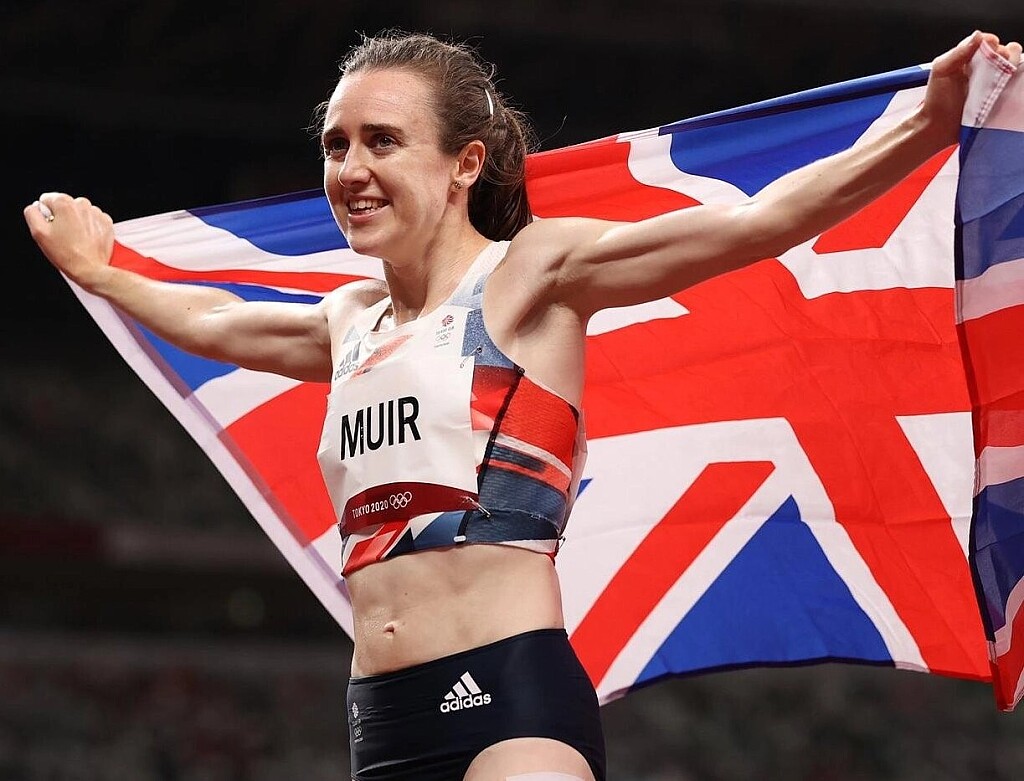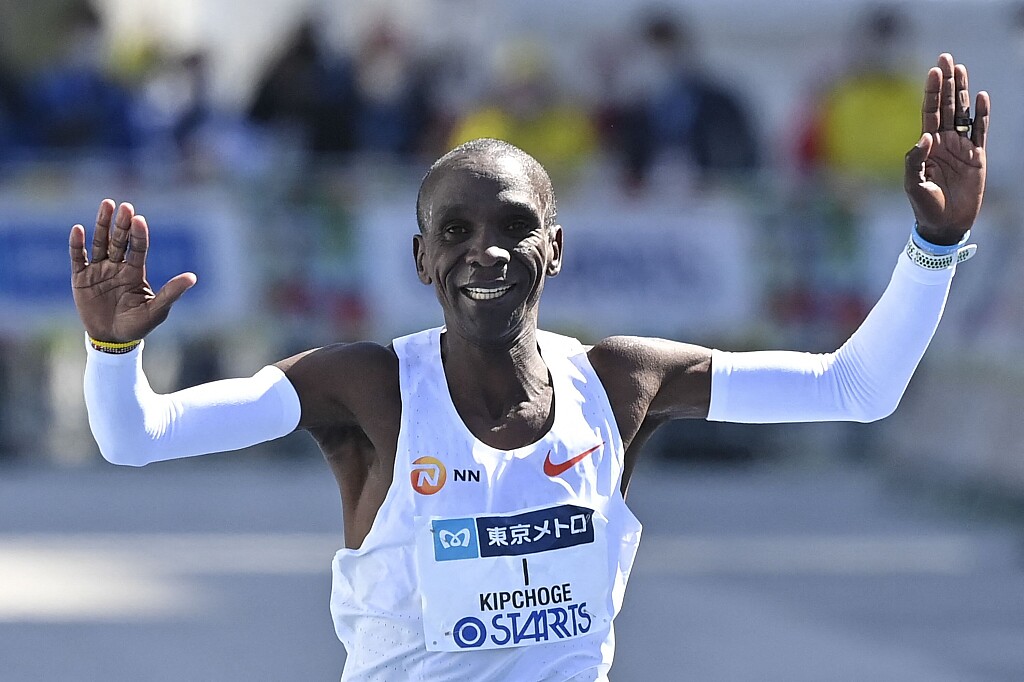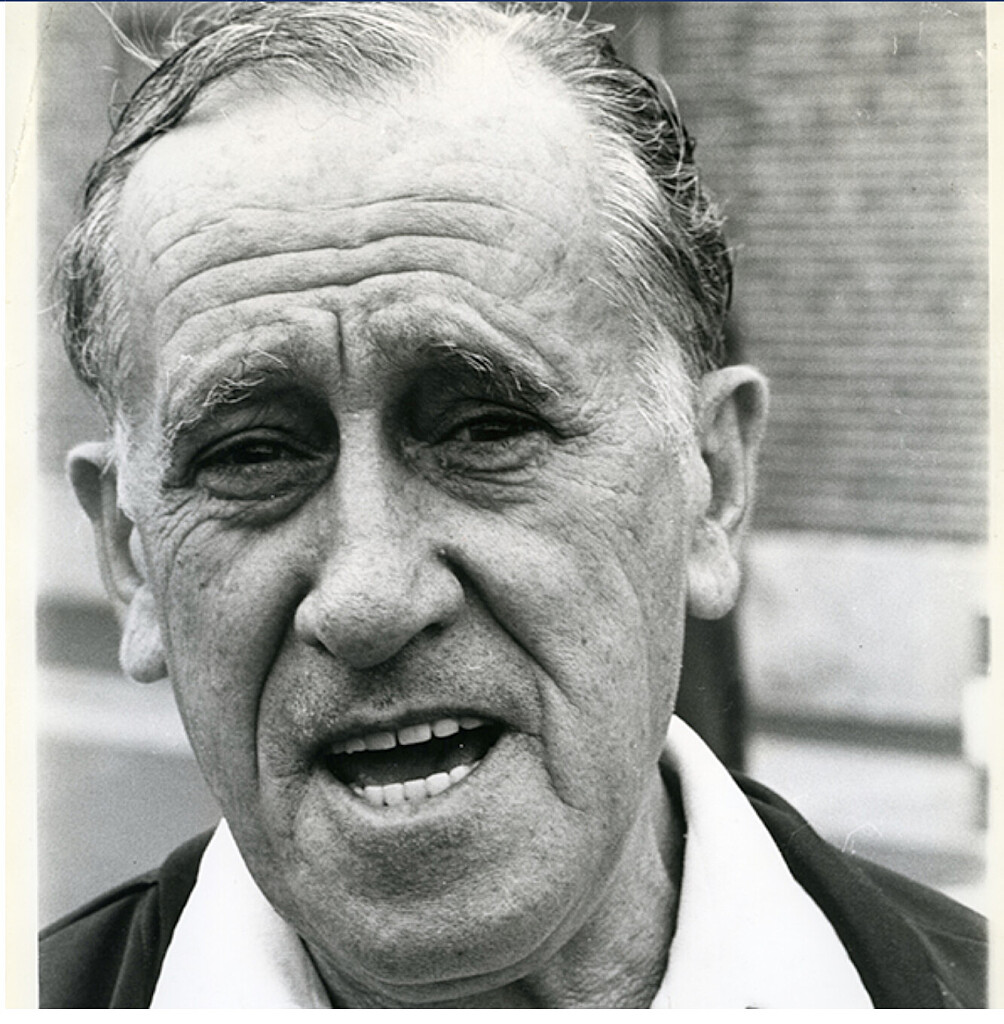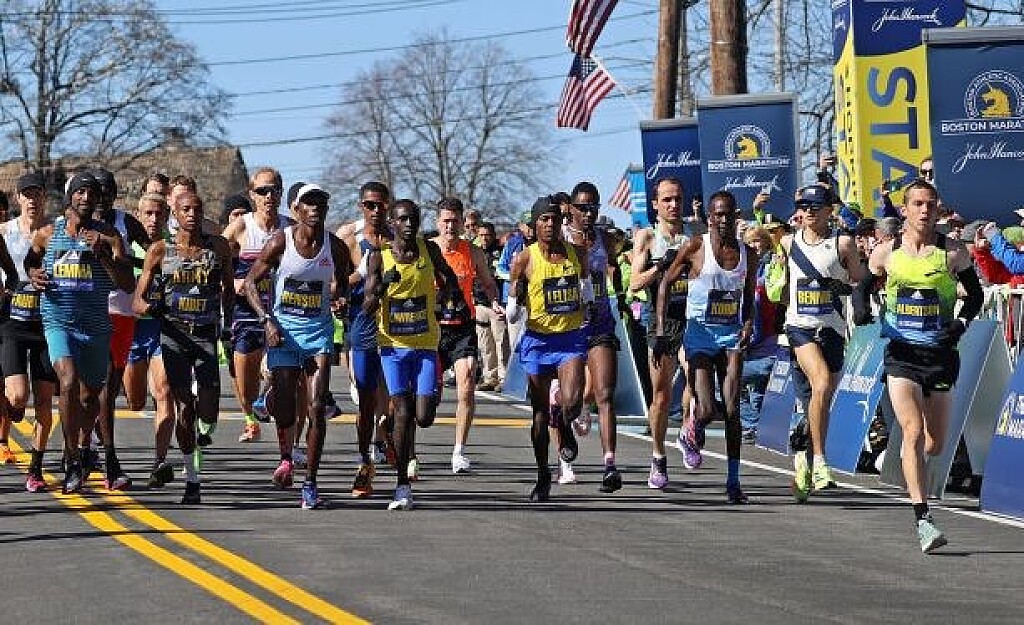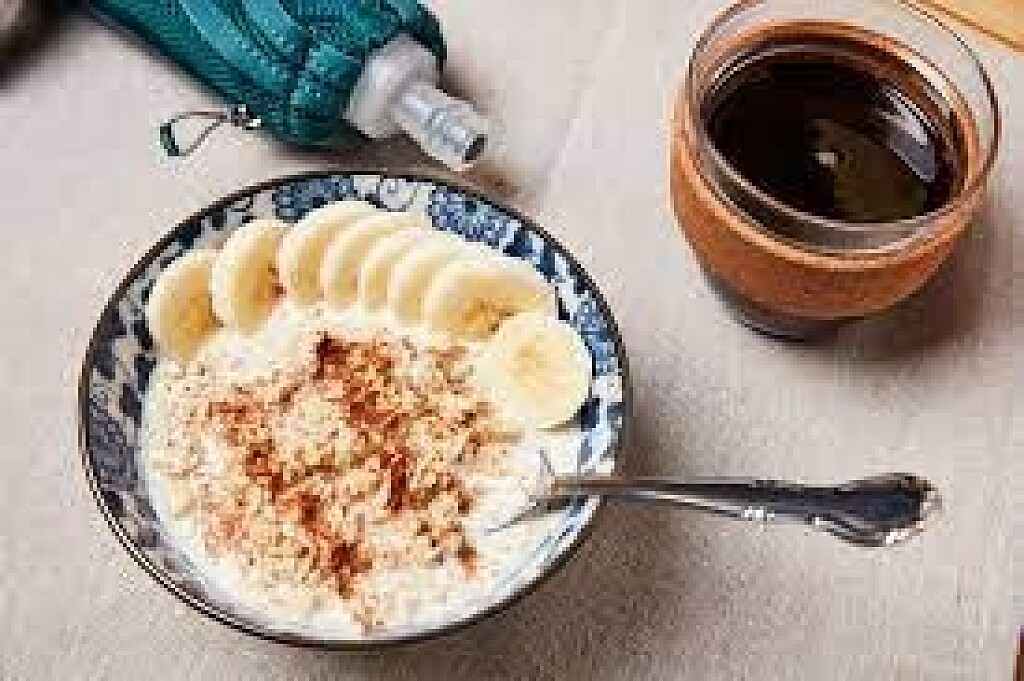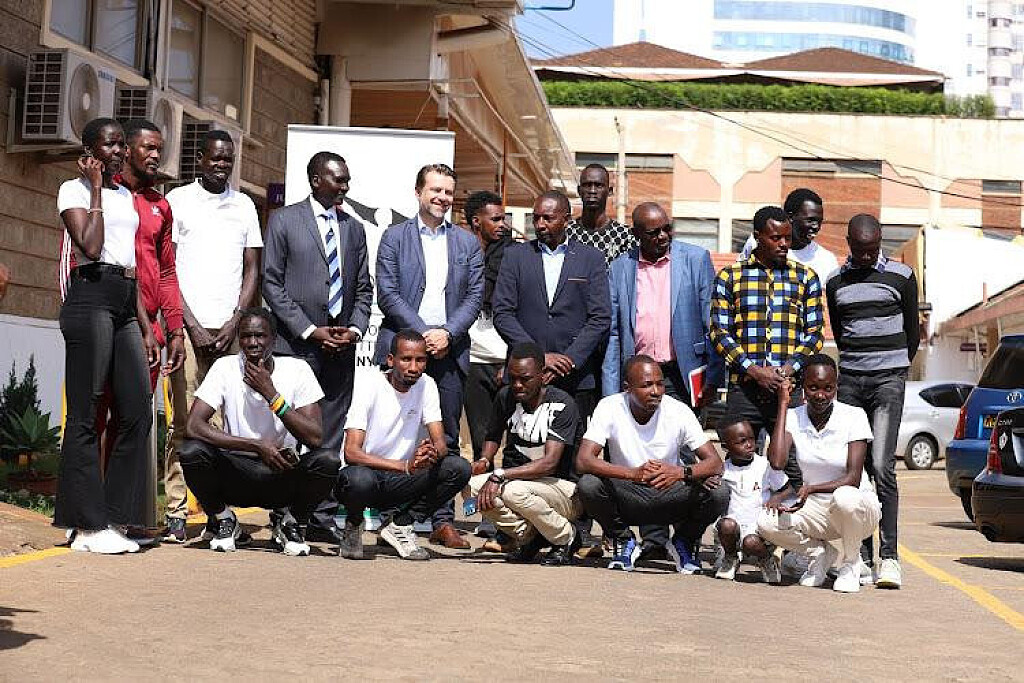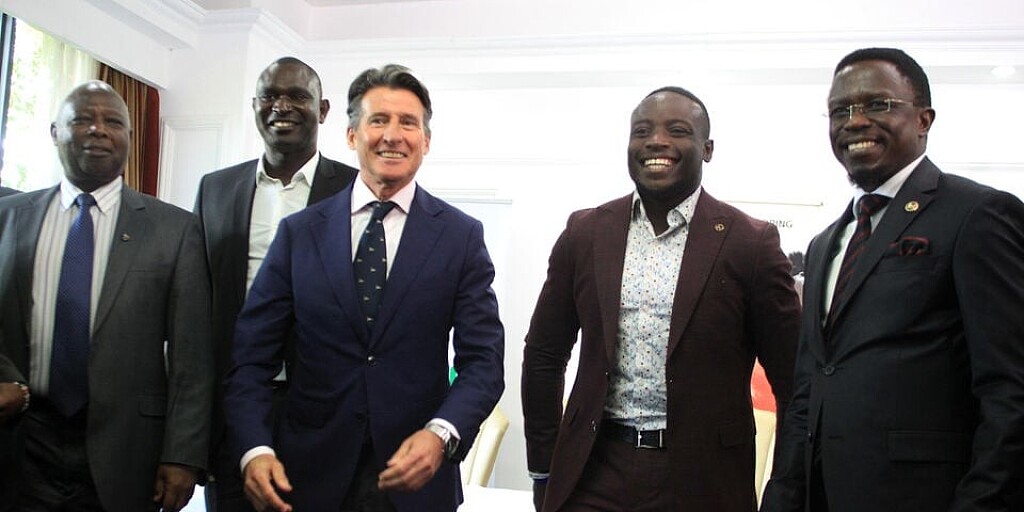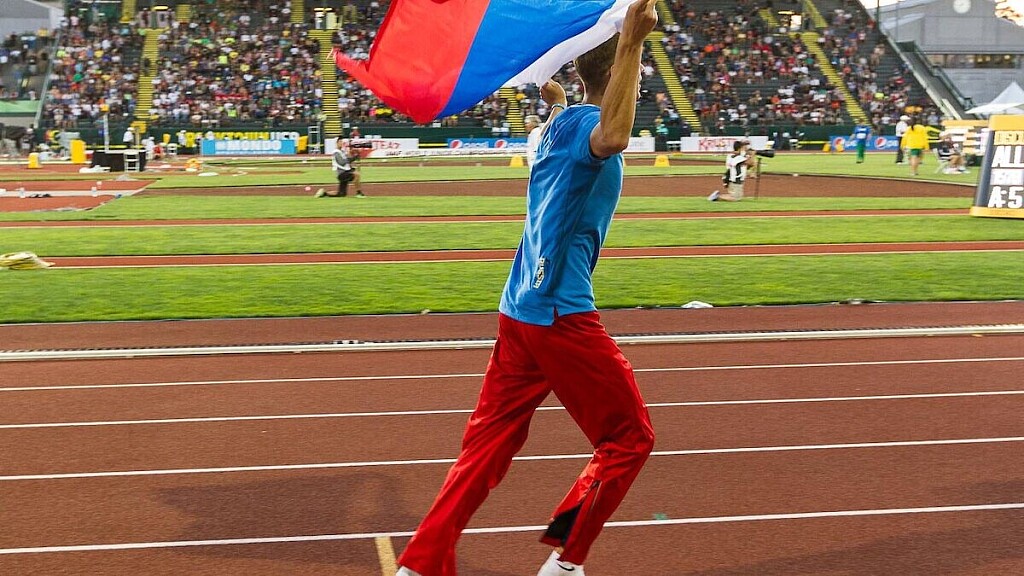Running News Daily
Top Ten Stories of the Week
1/14/2023
These are the top ten stories based on views over the last week.
Laura Muir headlines Millrose Games Wanamaker Mile
Laura Muir will race the Rudin Women’s Wanamaker Mile at the Millrose Games when she makes her debut at the World Athletics Indoor Tour Gold meeting in New York on February 11.
Muir won her long-awaited Olympic silver medal in Tokyo, then backed it up with a bronze medal at the World Athletics Championships Oregon22. The 29-year-old is a six-time European gold medallist, two-time Diamond League champion and the 2022 Commonwealth Games champion in the 1500m. In total, she holds six British records indoors and outdoors.
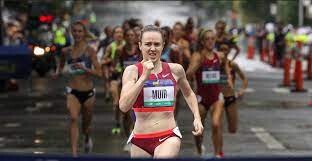
Muir blasted a 4:14.8 road mile last September at her most recent race in New York City, setting the course record for the 5th Avenue Mile. The Wanamaker Mile event record of 4:16.85 was set by Elinor Purrier St. Pierre in 2020, that mark also being the US record and second-fastest indoor mile in history.
“This will be my first time racing at the Millrose Games, so I am really excited as it has been a competition that I have wanted to do for a long time,” said Muir, who will also compete at the World Indoor Tour Gold meetings in Boston and Birmingham. “I have very fond memories of racing in the city, and I cannot wait to return and tackle the same distance indoors.”
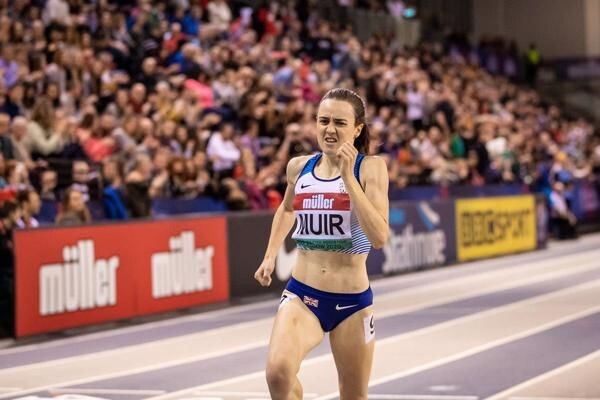
As always, the Wanamaker Mile will feature a deep field of talented runners hungry for an upset victory. Athletes to watch include US 1500m champion Sinclaire Johnson, British indoor mile record-holder Jemma Reekie, Josette Norris, Sage Hurta-Klecker, Nikki Hiltz, Medina Eisa, Allie Wilson, Lucia Stafford, Sintayehu Vissa, Marta Pen Freitas and Helen Schlachtenhaufen.
These are the latest stars announced for the Millrose Games, joining the showdowns in the pole vault between Katie Moon, Sandi Morris and Katerina Stefanidi, and in the shot put, featuring Ryan Crouser and Joe Kovacs. The women's 300m will feature Abby Steiner, Jenna Prandini and Brittany Brown, and the women’s 3000m will star Konstanze Klosterhalfen and Alicia Monson. In the men’s 60m, two-time world 200m champion Noah Lyles will race for more sprint success.
(01/06/23) Views: 129World Athletics
B.A.A. announces women’s elite field for 127th Boston Marathon
The Boston Athletics Association (B.A.A.) has revealed the women’s elite field for the 127th Boston Marathon on Monday, April 17. The field features 16 women who have run under 2:21, including the 2022 world marathon champion Gotytom Gebreslase and two-time Boston champion Edna Kiplagat.
Three other notable athletes who are making their Boston debuts are 2022 world championship bronze medallist Lonah Salpeter of Israel, 2022 NYC Marathon champion Sharon Lokedi, and 2022 Valencia Marathon champion (and third fastest woman of all-time 2:14:58) Amane Beriso of Ethiopia.
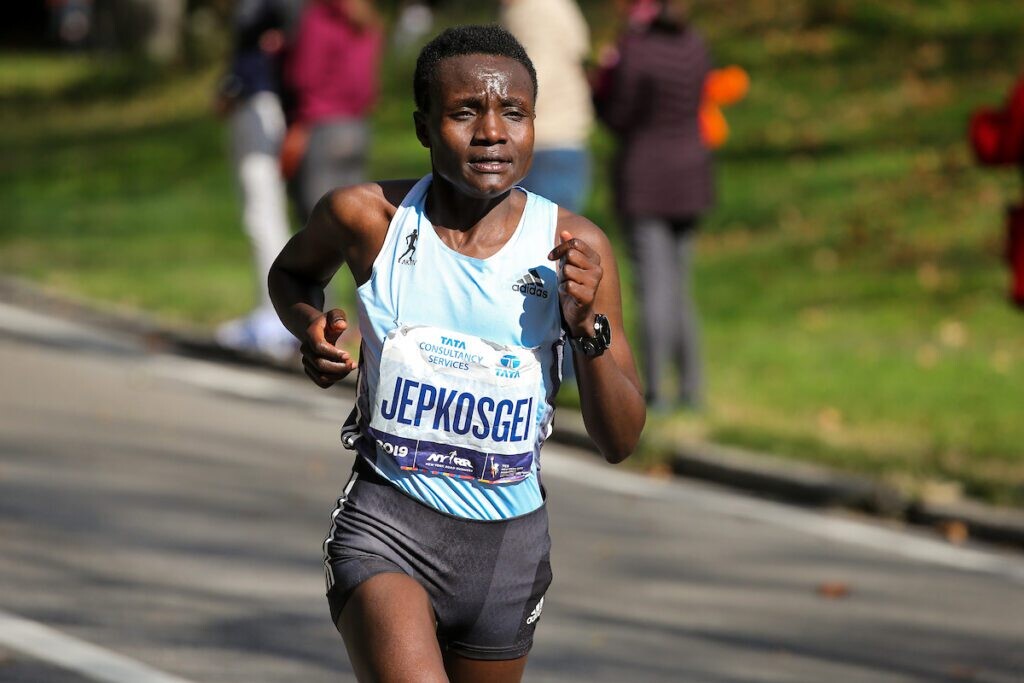
“I am very excited to run the B.A.A. Boston Marathon this year,” said Salpeter in a press release. “It has always been my dream to run on this course and to experience the incredible atmosphere.” Salpeter is coming off a second-place finish at the New York City Marathon in November and a bronze medal in the 10,000m at the European Championships in August.
Last year’s second and third-place finishers in Boston, Ababel Yeshaneh of Ethiopia and Mary Ngugi of Kenya, both return with hopes of claiming the top spot on the podium. Yeshaneh came within four seconds of victory, while Ngugi placed second and third in Boston in back-to-back years.
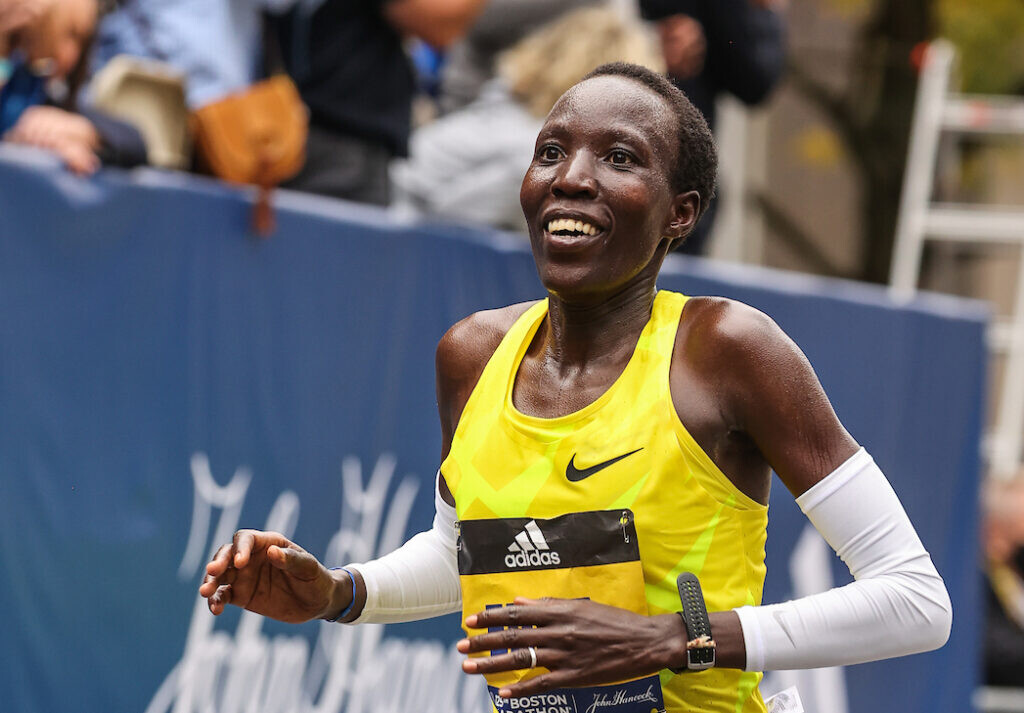
Also back is Joyciline Jepkosgei of Kenya, a past winner of the New York City and London Marathons. Jepkosgei fell shy of her expectations in her 2022 debut, with a seventh-place finish. She will look to better her time of 2:24:43 in 2023.
Among the American contingent are Sara Hall, Aliphine Tuliamuk, Emma Bates, Nell Rojas and 2018 champion Des Linden. Rojas has finished as the top American at Boston two years in a row (fifth in 2021 and 10th, 2:25:57 in April 2022), while Hall and Bates were fifth and seventh in the marathon at the 2022 World Athletics Championships in Eugene, Ore.
Canada will be well represented in Boston with three athletes on the elite list. Liza Howard, the top Canadian at the 2022 Chicago Marathon, will lead the way with the top qualifying mark of 2:35:29. Howard is an up-and-coming marathoner out of Toronto, who had a breakthrough 2022 with a 19th-place finish in Chicago and a 12th-place result at the Canadian 10K Championships in Ottawa last May.
Other Canadians on the elite list are 2004 1,500m Olympian and masters athlete Carmen Hussar, who has returned to racing recently, coming off a Boxing Day 10 Miler win in Hamilton, Ont., and Julie Lajeunesse of Montreal, with a personal best of 2:44:49 from the 2022 Chicago Marathon.
(01/09/23) Views: 106Marley Dickinson
Sydney chasing Kipchoge in race to join world’s ‘major’ marathons
Sydney Marathon officials are in talks to bring the greatest marathon runner in history, Eliud Kipchoge, to the 2024 race and help Sydney secure a prestigious new status as a world “major” marathon.
The Sydney Marathon, which began in 1999, is bidding to formally become one of the world’s leading 42.195km races, alongside legendary events such as the London Marathon and the New York Marathon.
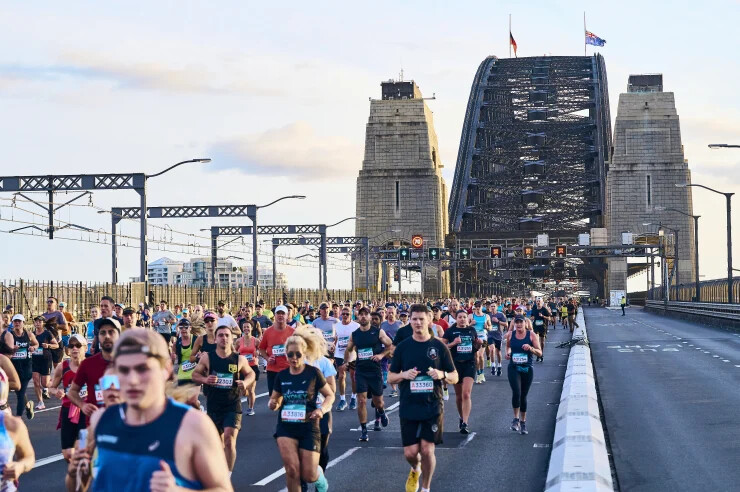
Similar to tennis and golf, the top six marathons in the world – Boston, Berlin, Tokyo, Chicago, London and New York – are known as the “World Marathon Majors”. Each event attracts elite fields, and huge amounts of amateur applicants, every year.
Many marathon enthusiasts set out to collect a six-star medal, earned by running in each of the majors.
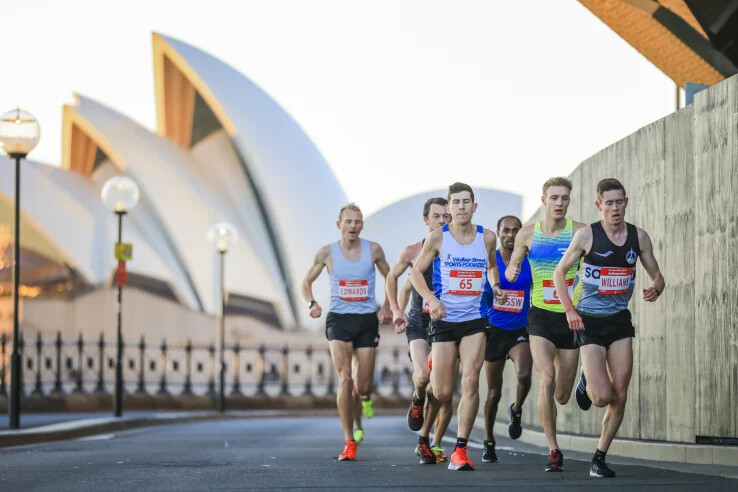
In coming years, however, the medal is likely to be upgraded with the organisation taking on three candidates for potential entry into the elite club: Sydney, Cape Town and Chengdu in China.
The Sydney Marathon announced its candidacy in July and the evaluation process runs for three years. It is already regarded as the strongest candidate.
“It’s a big deal for a number of reasons,” Sydney Marathon race director Wayne Larden said. “The main one is just the sheer volume of runners that take part in these events. Every single one of the Abbotts World Marathon Major events is oversubscribed by between 250,000 and 400,000 runners.
“Which means when we become a major, our numbers are going to leap, with people wanting to get that seventh star. We are expecting a huge boost in numbers, a massive increase in economic impact.”
Though recently upgraded on World Athletics’ ranking system to a “platinum” marathon – making it the eighth best in the world – the Sydney event is relatively modest compared to the majors, which have about 50,000 finishers. Sydney usually has about 5000 finishers, although many thousands more compete in the half-marathon and 10km events run simultaneously.
Destination NSW is backing Sydney’s candidacy for major status and the reasons are straightforward, says Larden. With tens of thousands of tourists coming to race each year, studies show cities gets a massive financial boost. The Chicago Marathon generated almost $600 million for the city’s economy this year.
Sydney must meet certain criteria for two years in a row over the next three years before a vote of other race directors can upgrade it to a major. The tourism and grandeur components are well-covered, with the race route including the Sydney Harbour Bridge and the Opera House as a finish line.
But Sydney will also have to increase its finishers to 15,000 and support the race in bigger numbers like the other major marathons, where there is a culture of people lining the course to cheer on runners, entertainment and a festival atmosphere.
“There are benchmark things, you either have it or you don’t. Is the air clean? Is it a marketable city? Do people want to visit? These are things we have; Sydney is a beautiful place and a global destination,” Larden said.
“More specific things, there are a few key things. We have to triple our number of finishers in the marathon, we have to engage the Sydney community and get them out on the course, like what runners experience in Boston or New York or London. We have to get people out and cheering people on their journey.”
The Sydney Marathon course – which this year saw the fastest time ever run in Australia by Kenya’s Moses Kibet (two hours, seven minutes, two seconds) – will also be altered slightly, replacing the narrow sections of course winding along the edge of wharves at Pyrmont, with more roadway. And it will become a standalone race, with a half-marathon and shorter runs done a day before.
Australian marathon legend Steve Moneghetti, who won the Berlin Marathon in 1990 and is an adviser to the Sydney Marathon, believes the event can be the equal of any in the world.
“I can tell you that in all the world’s top marathons, and I ran a fair few of them, that no one has anything close to the Sydney Harbour Bridge and Opera House on the course. They are iconic,” he said.
“You name me any city in the world and if you can name a better start/finish than that, then you’ve got me. That’s the selling point.
“It is really exciting. And I was a bit surprised, I thought, ‘The world marathon majors? Hey the six is the six and that’s that’. When I sort of considered it, I thought, ‘Yeah, why should it be just those six?’ Marathon running is booming around the world and it’s nice to think they are open to adding to it and Sydney is in the running for it.”
Kipchoge is undisputedly the greatest marathon runner ever, and proved as much by breaking the world record in Berlin in September, running 2:01.09.
The 2016 and 2020 Olympic gold medallist became the first man to run a marathon in under two hours in 2019, in an event that didn’t qualify for a record.
Kipchoge, 38, has vowed to collect a six-star medal before he retires, but Sydney hopes to lure the Kenyan to Australia even before it becomes an extra point on the medal, with an appearance in 2024. Kipchoge running in Sydney would give the race a major boost of global credibility, and be a big help in meeting the targets for finisher and crowd numbers, too.
“He would definitely bring Sydneysiders out. He is like Usain Bolt on a track - when Bolt ran, the stands were full,” Larden said.
“We are talking to Kipchoge’s management and have been since we got nominated. He wants to finish the six next year, so our goal is to try and get him to Sydney in 2024, as that big drawcard.”
Moneghetti said having Kipchoge run across the Harbour Bridge in 2024 would be a massive coup: “To say you ran in a race when Kipchoge ran, that’s a selling point. That’d be huge.”
(01/07/23) Views: 105Iain Payten
The Many Gifts of Joe Kleinerman
Runner. Soldier. Coach. NYRR founder. Administrator. Advocate. Volunteer.Joe Kleinerman was all these things, and more. He gave so much to running and to NYRR. We run to celebrate and honor him at the annual Joe Kleinerman 10K
An Early Start in Running
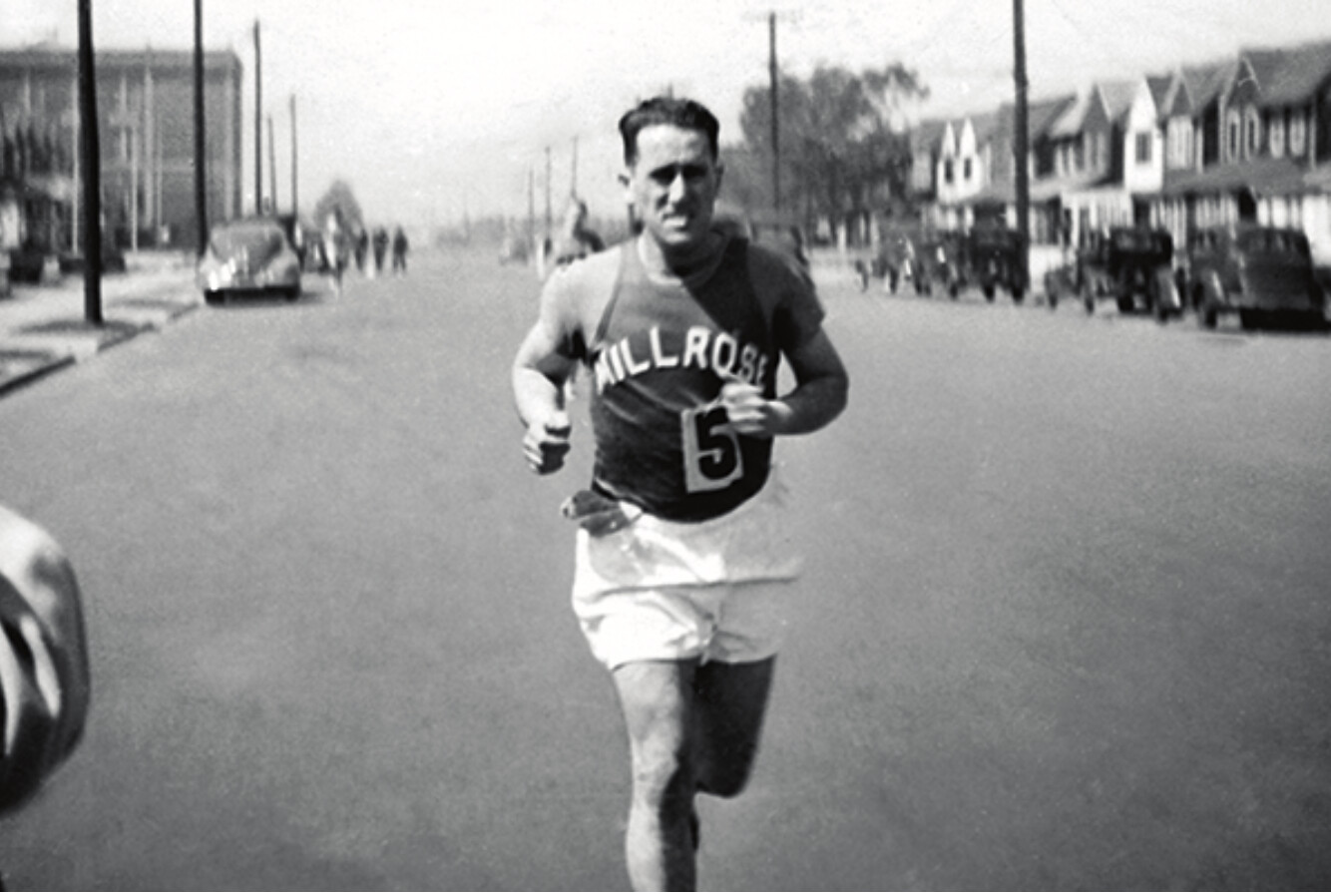
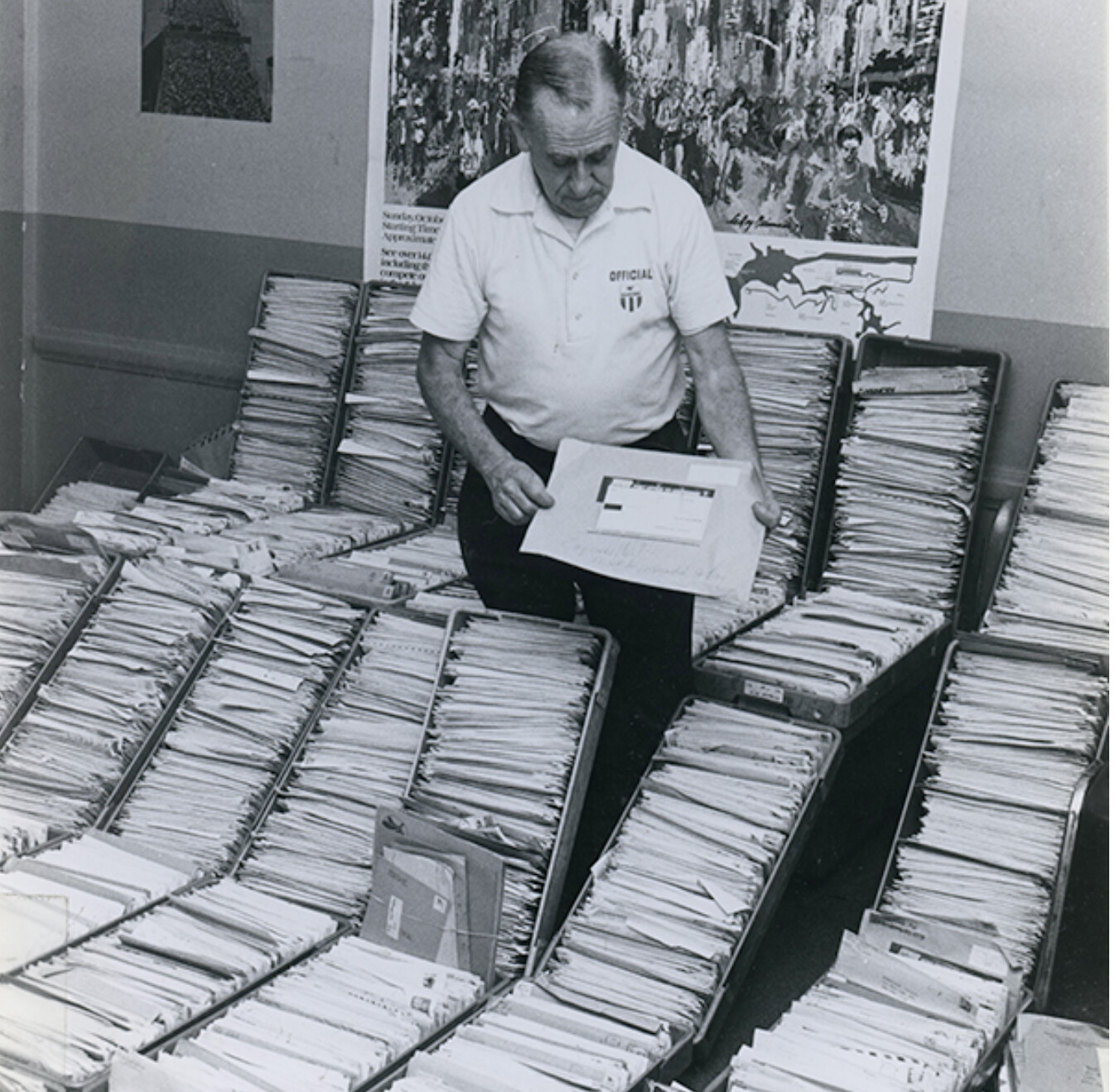
Joe was born in 1912 in Spring Valley, NY, the youngest of four children in a family recently immigrated from Ukraine. He grew up in New York City and started running as a teenager after he and one of his brothers attended the Millrose Games at Madison Square Garden. Joe captained the cross country team at DeWitt Clinton High School, where he also ran track (half-mile and mile). During the summers he trained at Macombs Dam Park in the Bronx.He competed for City College, then won an athletic scholarship to Kansas State University. It was the mid-1930s, the depths of the Great Depression, and when Joe received a job offer with the U.S. Postal Service back in NYC, he could ill afford to turn it down. He returned home to take the job and would remain a Postal Service employee for 32 years. And he continued to run. Joe joined the Millrose Athletic Association and became one of their standout competitors, placing in the top 10 at the Boston Marathon 1941 and 1942 and running a best time of 2 hours and 38 minutes. In an interview years later he noted: “That’s 2:38 with sneakers, on dirt roads, and without any water stops!”
He served as a staff sergeant in the U.S. Army Air Corps during World War II, including 19 months with the 599th Airborne in the South Pacific. He once placed fifth in a 1-mile race in Hawaii on a course laid out by another NYC serviceman also named Joe – last name DiMaggio.
"Joe ran hundreds of races before injuries caused him to stop competing at age 53. He stopped running at age 70 but was able to resume light jogging after knee-replacement surgery in his 80s.
From Competitor to Coach
Joe became the assistant coach of Millrose in 1958 and head coach in 1967. He enthusiastically recruited runners to Millrose, making the team a powerhouse, and was known to many as “Coach” for the rest of his life.At Joe’s memorial service, longtime Millrose runner and 1974 New York City Marathon winner Norb Sander recalled, “Joe was a great coach. He did not intrude. He didn’t criticize you. He was behind the scenes always to make sure that things went smoothly.”
Administrator and NYRR FounderJoe’s interest in working “behind the scenes” led him increasingly toward the administrative side of road racing. In the 1950s all competitive running in the U.S. was governed by the Amateur Athletics Union (AAU), which prohibited women from running distances over a mile, repeatedly failed to take a stand against racial segregation, and discouraged age-group competition. These regressive restrictions and biases frustrated Joe and other runners. In 1958 they formed the Road Runners Club of America (RRCA) to administer road racing.
Later that year Joe, Ted Corbitt, Harry Murphy, and about 40 other runners founded NYRR, then known as the Road Runners Club – New York Association. Joe served as NYRR’s vice president and secretary. He's pictured above with Corbitt and New York City Marathon co-founder Vince Chiappetta. He never sought the limelight, preferring to work behind the scenes. Joe directed and scored countless races and meets – a laborious and task in an era when all recordkeeping was done by hand.
Advocate and VolunteerJoe also worked tirelessly to make running more inclusive and equitable. In 1967, along with Nina Kuscsik and New York City Marathon co-founder Vince Chiappetta, he successfully led a movement to allow women to run AAU-sanctioned races longer than a mile. Later he helped put together a U.S. women’s team for the fabled London-to-Brighton 52-mile road race in England – and saw a dream fulfilled when the women won the race.
Together with Ted Corbitt and others he introduced “veterans” races for runners age 35 and older as well as ultramarathon (50K and 50-mile) national championships. As far as it’s known, Joe never received any compensation for his thousands of hours of service to running. In his old age he remained close to the NYC racing scene and to NYRR’s offices on East 89th Street, where the lobby was named after him following his 90th birthday. He loved to tell stories and to marvel at the growth of running and NYRR over the decades."I considered Joe the heart and soul of Road Runners Club – New York Association," said Gary Corbitt, the son of Ted Corbitt. "Many of the innovation the sport enjoys today were started in New York in the 1960s. My father felt that Joe put in more volunteer hours for the betterment of our sport than anyone else worldwide."
Joe died on Veterans Day in 2003 at age 91. At his memorial service, friends shared their memories of a man who lived large, his gruff manner belying a boundlessly generous spirit. “He barked,” recalled Joe’s Millrose teammate John Garlepp. “If you don’t get the bark, there’s something wrong, either he’s not feeling well or he doesn’t like you.”
Joe's niece, Ruth Kleinrock, said at the service, "Having an uncle who was so instrumental in the sport of running, especially women's running, is something of which my sisters and I will always be proud."Joe Kleinerman dedicated his life to running and creating opportunities for all. We’re grateful to him for it.
(01/08/23) Views: 101Boston Athletic Association announces 2023 Boston Marathon men´s field
The Boston Athletic Association (B.A.A.) announced today the men’s professional field for the 127th Boston Marathon, featuring 15 men who’ve run under 2:07 for the marathon distance, as well as multiple Abbott World Marathon Major race champions, Olympic and Paralympic stars.
Today’s announcement expands upon four previously announced men’s entrants including world record holder and double Olympic gold medalist Eliud Kipchoge, reigning Boston Marathon champion Evans Chebet, 2021 winner Benson Kipruto, and two-time victor Lelisa Desisa. A total of 109 men’s athletes from 21 countries are in this year’s professional field across the men’s Open, Wheelchair, and Para Athletics Divisions.
“The Boston Marathon is known for its competitiveness, with many races decided in the final meters on Boylston Street,” said Mary Kate Shea, B.A.A. Director of Professional Athletes. “This year’s field brings together athletes who’ve excelled at both speed and championship-style racing. Combined with the women’s professional field announced on Monday, this will be the fastest and most decorated Boston Marathon across all of our divisions in race history.”
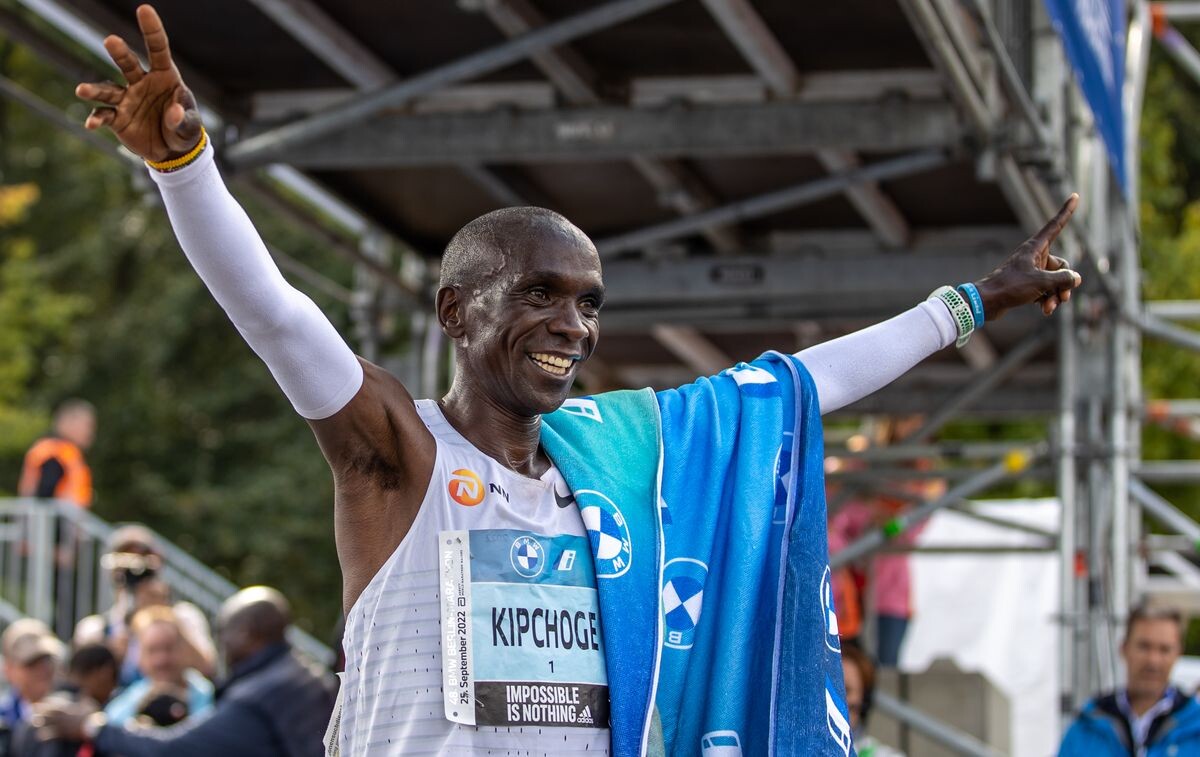
Behind Kipchoge and Chebet, the fastest man in the field will be Tanzanian national record holder Gabriel Geay, who finished runner-up at the Valencia Marathon last month in 2:03:00. Geay has had success racing on the roads of Boston, winning the 2018 B.A.A. 10K, placing fourth at last year’s Boston Marathon, and finishing in second and third at the B.A.A. Half Marathon in 2019 and 2018, respectively.
“I am excited to be returning to the Boston Marathon this year,” said Geay. “I fulfilled a dream by racing in Boston last year, but my goal is to one day win the race, and I hope that 2023 will be my year. Thank you, Boston for the opportunity!”
Joining Geay will be past Abbott World Marathon Majors winners including Albert Korir of Kenya (2021 New York City champion), Ghirmay Ghebreslassie of Eritrea (2015 World Championships gold medalist and 2016 New York City champion), and Shura Kitata of Ethiopia (2020 London Marathon champion). Brazilian Olympian and national record holder Daniel Do Nascimento will make his Boston debut, as will Ethiopia’s Herpasa Negasa, a 2:03:40 marathoner.
Last year’s seventh-place finisher and top American, Scott Fauble, returns for his fourth Hopkinton-to-Boston race, and will be joined by 50K world record holder CJ Albertson. After a 2:08:16 marathon debut in Chicago last year, Conner Mantz will take on the Boston course for the first time. He is coached by Olympic marathoner Ed Eyestone.
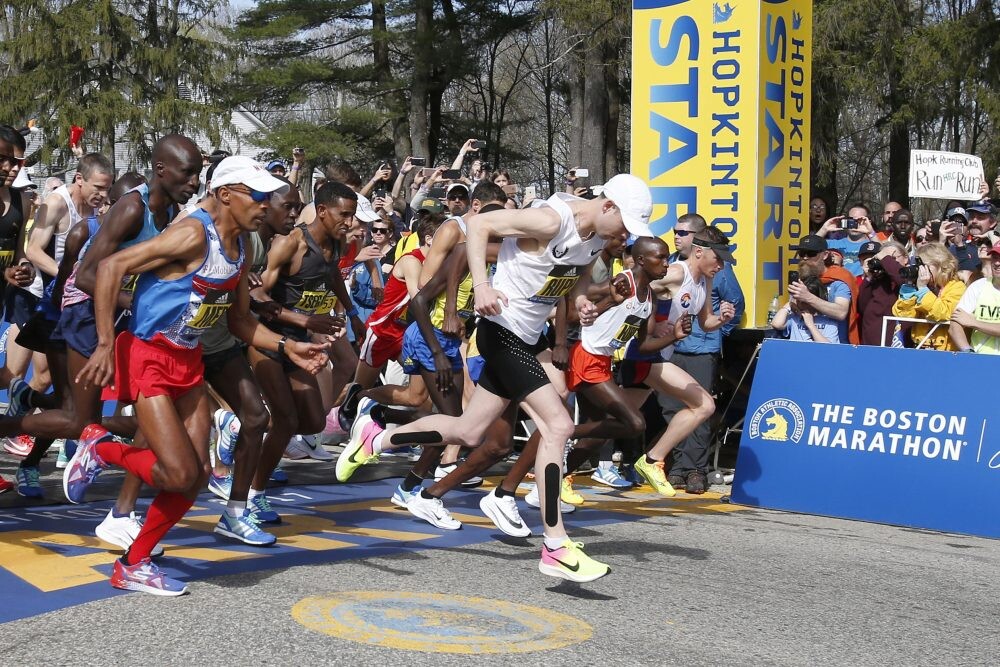
“I love the Boston Marathon. It’s one of the greatest sporting events in the world,” said Fauble. “It has a way of bringing the best out of people.”
"Boston is such a historic marathon, and I want to be a part of that history,” said Mantz. “I love the aspect of racing with no pacers and hills that break up rhythm, and Boston has both of those. When you add in the competition Boston is bringing this year with Eliud Kipchoge and many others, it makes the race so exciting!"
Ben True, a Maine native and four-time winner of the B.A.A. 5K, also is part of the American field. B.A.A. High Performance Team members Matt McDonald, Paul Hogan, and Jonas Hampton will have the hometown edge; McDonald set a new B.A.A. club record and lifetime best of 2:09:49 in Chicago last fall.
American Daniel Romanchuk will return as defending champion in the wheelchair division, coming off a 1:26:58 victory last April. Romanchuk also won Boston in 2019 (1:21:36), though he looks to be challenged by wheelchair marathon world record holder and reigning Paralympic marathon gold medalist Marcel Hug. Hug returns in search of his sixth Boston Marathon title and holds the Boston course record of 1:18:04. In 2022 the Swiss ‘Silver Bullet’ won the B.A.A. 5K in 10 minutes, 5 seconds, a course record time.
“Nothing can compare with the excitement and anticipation at the Boston Marathon,” said Romanchuk. “I’m incredibly excited and honored to be part of what should be a great race through the hills and all the way to Boylston Street.”
Aaron Pike, last year’s wheelchair division runner-up, and Ernst van Dyk, a ten-time Boston winner, are also racing. A $50,000 course record bonus is available to any open division or wheelchair division athlete who breaks a course record.
Paralympians Matthew Felton and Atsbha Gebre Gebremeskel lead the Para Athletics Division in the T46 classification (upper-limb impairment). American record holder and Massachusetts native Chaz Davis will look to defend his T12 (vision impairment) Para title.
Headlining the T62 and T63 classification are Marko Cheseto Lemtukei and Brian Reynolds. Cheseto Lemtukei earned a victory in 2:37:01 last year, while Reynolds set a pending T62 world record of 1:25:46 at the B.A.A. Half Marathon in November.
“A perfect society is one that sees diversity of its members as her strength,” said Cheseto Lemtukei, who returns as a two-time Boston Marathon Para Athletics Division champion.
The 127th Boston Marathon will be held on Monday, April 17, 2023 – Patriots’ Day in the Commonwealth of Massachusetts—and will feature 30,000 participants.
(01/11/23) Views: 98Boston Athletic Association
Here’s why oatmeal is a superfuel for runners
A simple bowl of oatmeal with some berries thrown on top just might be the fuel that powers you to your next PB. While every runner has differing dietary needs, oatmeal checks off some of the boxes for most of us and can be a great way to start your day or to have as a snack post-run. Here’s why you should go back to basics and fill up your bowl with oats this morning.
Oatmeal is nutritionally rich and inexpensive
One ½ cup serving of old-fashioned oats contains 28 grams of carbohydrates. Carbs are your friend as a runner–and some sources, like oatmeal, are more nutrient-dense than others. Oats contain complex carbohydrates and are full of fiber, which aids in slowing down the rate at which carbs are released into your bloodstream.

Anyone who has ever experienced the phenomenon called ‘bonking’ (also sometimes called hitting the wall) will appreciate oatmeal for its ability to fuel you for longer without a crash.
Sports dietitian Pamela Nisevich Bede explains: “when you’re looking to hit a performance goal, you’ll need a steady intake of carbs throughout the day to keep your glycogen levels high and your body ready to go whenever the opportunity for a sweat session arises.
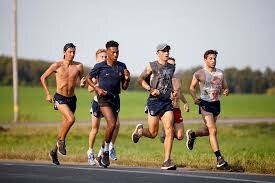
Oatmeal is great post-run, too–while we often focus on the protein we need to eat after a workout, carbs are necessary to replenish glycogen stores so that you’re primed for your next workout.
Choose toppings to make your bowl extra delicious (and even more nutritious)
Oats are already a tiny powerhouse of nutrition, packed with a variety of vitamins and minerals that help support overall health and well-being, including iron, zinc and B vitamins. Add a few toppers, and you’ll create a bowl to suit almost anyone’s taste–and you’ll check off even more of your dietary needs while you’re at it.
Instead of adding brown sugar to sweeten a bowl of plain oats, top it with cinnamon, berries, or milk (soy and almost milk work perfectly if you’re opting out of dairy). Add some protein by whisking in an egg white (your oats will be incredibly creamy and delicious) or add a scoop of your favorite healthy protein powder.
Research suggests that the ideal carbohydrate-to-protein ratio after endurance exercise is around 4:1. Whisking an egg into your oatmeal and topping it with banana, chopped apple or raisins will nail that perfect post-run ratio.
Time your oatmeal toppings for optimal energy and recovery
The list of things to add to your oats is seemingly endless, but it’s a good idea to be aware of the timing of your toppings. Chia seeds and flax are often included in recipes for overnight oats: milk or yogurt and toppings are added to your oats the night before you eat them, eliminating the need to cook your oats and allowing them to soak in that deliciousness.
While we love tasty overnight oats and both chia seeds and flax add a fabulous nutritional boost, they also add fiber (usually a good thing, but timing is everything). Use caution when adding extra fiber to your bowl if you’re eating it pre-run.
While oatmeal in general is very gentle on most stomachs as a pre-run fuel, adding fiber right before you run may have you making a dash for the nearest public washroom. Save the fiber-rich toppings for the days you have more time to digest before you run, or for your post-run fix.
(01/10/23) Views: 97Running Magazine
Refugee Olympic Team for Paris 2024 to have base in Kenya
The Refugee Olympic Team (EOR) will have a base in Kenya to prepare for the next year's Olympic Games in Paris, with eight athletes set to train in the North Rift of the country.
The National Olympic Committee of Kenya (NOC-K) has worked with the United Nations High Commission of Refugees and Athletics Kenya to find athletics training bases starting this month, with these visits led by its President Paul Tergat.
Kenya hosted five EOR athletes prior to Rio 2016 - all from South Sudan - with another four coming to the country from the same nation ahead of Tokyo 2020.
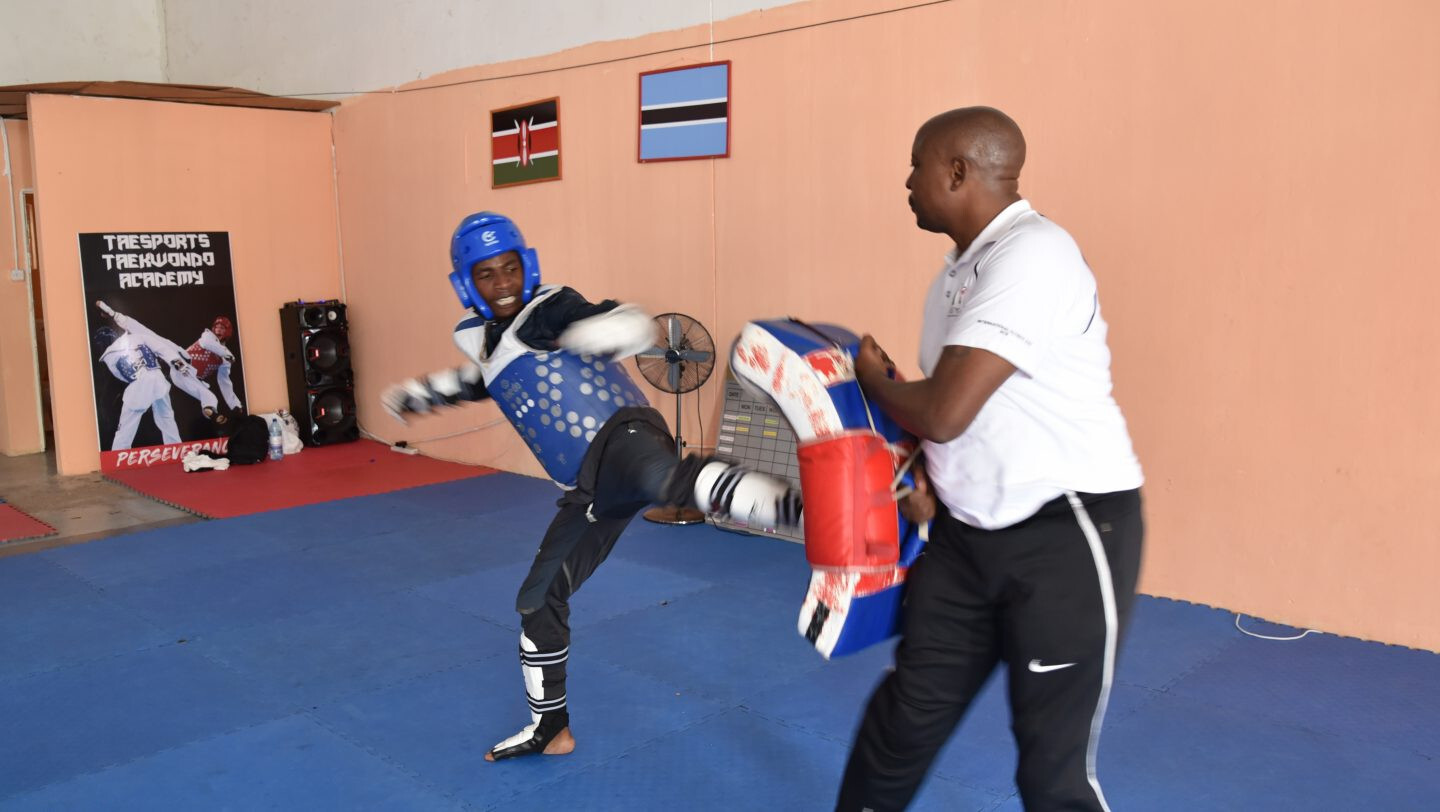
During a visit, the NOC head praised the work of Olympian and former women's marathon world-record holder Tegla Loroupe for their work in including refugees into sports programmes, like this one.
"The first batch of the athletes competed during the Rio 2016 Olympic Games and Loroupe was the Chef de Mission of the [EOR] Team," said Tergat, the double Olympic 10,000 metres silver medallist, according to Kenyan publication The Star.
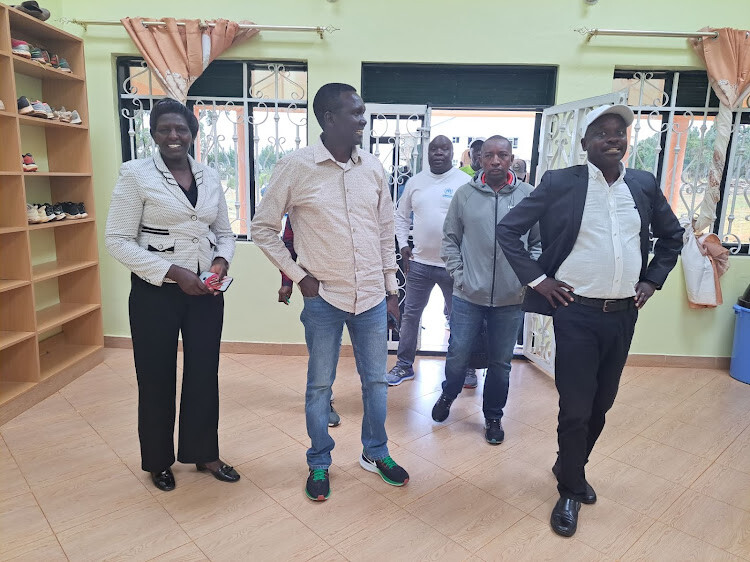
"We are very proud of the work and achievements that Loroupe, through her Foundation, has done in giving opportunities to these athletes."
This time, eight athletes are set to be at the training base.
Anjelina Nadai Lohalith is hoping to compete in her third Olympic Games as part of the EOR team with the South Sudanese athlete ready to race the women's 1500m again.
Dominic Lokolong, also from the country that spent seven years officially in a civil war, is to race the men's 1500m at his first Games.
Kun Waar and Rose Ihisa, competing in the men's and women's 400m respectively and originally from South Sudan, are on the team; as are their compatriots John Lokibe and Josephine Tein in the men's and women's 800m.
Emmanuel Ntagunga of the Democratic Republic of the Congo is to enter the men's 5,000m, while Gasto Nsazumukiza, also from this country, is the only member of the EOR team in Kenya who will not compete in athletics.
Nsazumukiza is set to compete in taekwondo.
NOC-K secretary general Francis Mutuku promised they would continue working with the refugees throughout the build-up to Paris 2024.
"The Refugee Team will now be working under NOC-K and we want to ensure that we get a good place for their training and produce proper results," said Mutuku.
"These athletes will fly the International Olympic Committee flag.
"We are not just looking at training camps but a good place for them to train.
"We are working hand in hand with Athletics Kenya and UNHCR to ensure that they perform well."
Parties visited the Complete Sports in Kaptagat, Lornah Kiplagat High Altitude Performance Centre in Iten, Kipchoge Keino facility and Ndura Sports Complex in Kitale as part of its training camp inspections.
The Paris 2024 Olympics are scheduled to take place from July 26 to August 11 2024, followed by the Paralympics from August 28 to September 8.
(01/06/23) Views: 95
Michael Houston
Infrastructure key in hosting major global events, Sebanstian Coe Says
World Athletics President Sebastian Coe has said that Kenya will need to work on its infrastructural facilities among other areas if they are to host the World Athletics Championships.
Coe said that the county’s capacity and integration of all different facets that will give athletes the very best, must be attained as Athletics Kenya president Jack Tuwei disclosed that Kenya is now keen on hosting the 2029 World Athletics Championships.
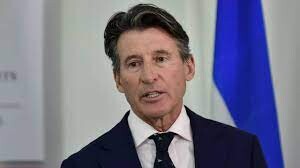
Kenya lost its bid to host the 2025 World Athletics Championships to Tokyo, Japan with the country's poor infrastructure especially the lack of a modern stadium costing the country dearly.
Coe hinted that World Aesthetics is ready to help Kenya build capacity in terms of the technical aspect to bolster their chances of hosting the world event.
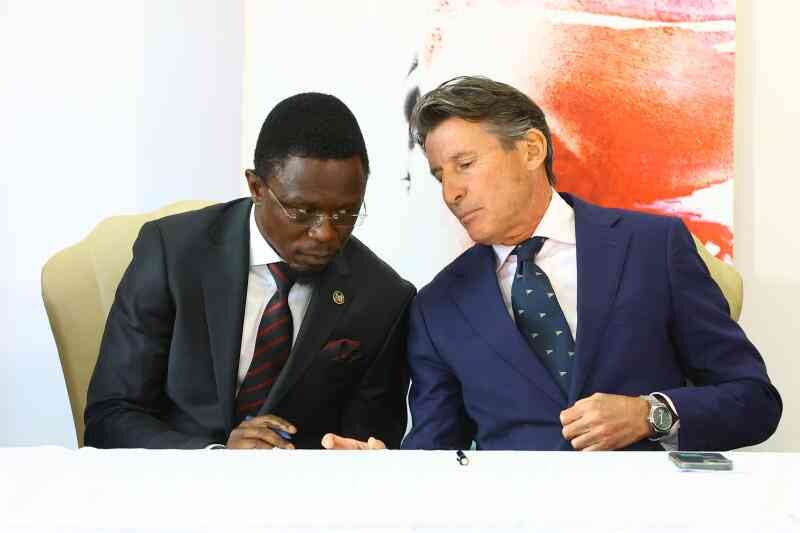
“It’s quite understandable this is a country with a passion for athletics and wanting to stage big events. While the country’s track record is good, other areas still fall short,” said Coe, adding that the country also has to show progress and make coherent steps in resolving doping challenges.
Coe noted that Kenya might have hosted quite successful 2017 World Athletics Under-18 Championships and 2021 World Athletics Under-20 Championships but having a strong technical base will be key to hosting major events.
Coe said by-passing the 2027 bid will help Kenya prepare well for 2029 bid.
Tuwei welcomed the move by World Athletics to help them in technical capacity saying Kenya won’t relent on putting up another bid.
Coe, at the same time, said the only way out for Kenya to get out of Category “A” of the countries with most doping cases is the reduction of the cases.
In 2018, World Athletics placed Kenya among four countries in ‘Category A’, the others being Ethiopia, Belarus and Ukraine.
Athletes from these federations selected to compete in major events will have to undergo at least three out-of-competition doping tests in the 10 months before a World Athletics Championships or Olympic Games.
One of the tests must be of blood and the tests should be done two weeks apart.
(01/06/23) Views: 95Ayumba Ayodi
Six things you’ll understand once you start running
It is well known that runners are a unique breed, and those who don’t run may not understand why you wake up at 6 a.m. on a Sunday in the summer for a 20-kilometer easy run, or why you are putting in 80 to 100 kilometers a week for a local 5K fun run four months from now–until they actually become runners themselves.
Here are six things you’ll understand once you become a runner.
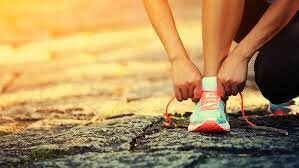
1.- Easy runs
Yes, there is such a thing. Many think all running has to be done hard, but no runner (besides maybe that one guy everyone seems to have on Strava) actually runs like this. If you are running hard all the time, it is certainly the fastest way to find yourself on the injured reserve.
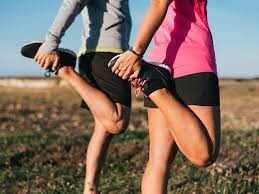
Your easy runs should be done at a comfortable pace, where you can engage in a conversation. It might be very slow at first, but over time you find your pace and your easy-run pace will get faster. Most, especially when starting, tend to run just a little too fast.
2.- The “runner’s high”
Whether it exists for you or not, you understand why people love to run. Many use it as a mental escape and an activity to clear their mind, or a way to be immersed in nature.
Getting out for a run can relieve stress after a long day at work; it forces you to take a step back and helps you clear your mind of negative thoughts.
3.- How fast time goes by
A one-hour run may sound like forever, but once you are out there, the time flies by. Marathoners have the same experience at the start of their race after months of training. Every runner gets this sudden realization of how short two to four hours of running is in comparison to their countless hours of training.
It’s even worse when you come back to race a 5K after you’ve moved up in distance. You’ll feel like you barely ran.
4.- Shin splints
Shin splints aren’t a myth; they are just as painful as runners claim. When you are on a run, you place a load of anywhere from two to six times your body weight on your muscles, bones, ligaments and joints with each stride. If you don’t give your body time to recover and adapt to your training load, shin splints may result.
There are many ways runners can combat shin pain with compression, or by reducing their training load, doing low-impact exercise, or plain and simple rest.
5.- Early morning runs
Early morning runs aren’t torture—they are the best time to go for a run, for various reasons (including that you are rested, there is less traffic, etc.). Plus, if you get your long run done early enough on the weekend, you can kick back and relax for the remainder of the day.
6.- How far a marathon is
Forty-two kilometers is far, but you really understand how far it is once you become a runner. Not to say marathon runners shouldn’t be respected, to begin with, but once you become a runner, you have a new profound admiration for every runner who has tackled the 42.2 km distance.
(01/07/23) Views: 94Marley Dickinson
AIU report shows five nations represent 54 per cent of banned athletes
Earlier this week, the Athletics Integrity Unit (AIU) released its Global List of Ineligible Persons of 473 athletes or athlete support currently serving sanctions. Five countries account for more than half the total number of sanctions, with 92 athletes representing Russia.
The majority of the cases listed are related to infractions in the last five years. But there are lifetime bans for offenses dating back a decade. Many of the Russian infractions date from before the 2015 doping scandal, but numerous infractions have been detected in the last three years.
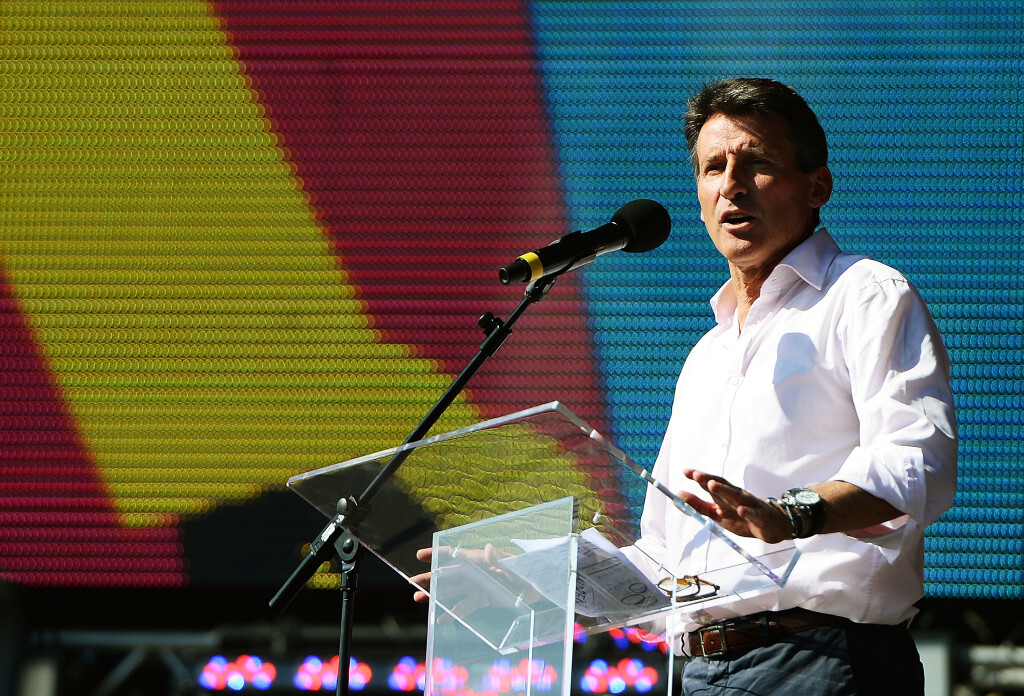
Russia is followed by India, with 65 recorded sanctions, Kenya with 54, Morocco with 24 and China with 20. These five countries make up 54 per cent of the AIU’s Global List of Ineligible Persons.
Russia (RusAF) and the Russian Anti-Doping Agency (RUSADA) are working with World Athletics to lift the ban on Russian athletes and the federation.
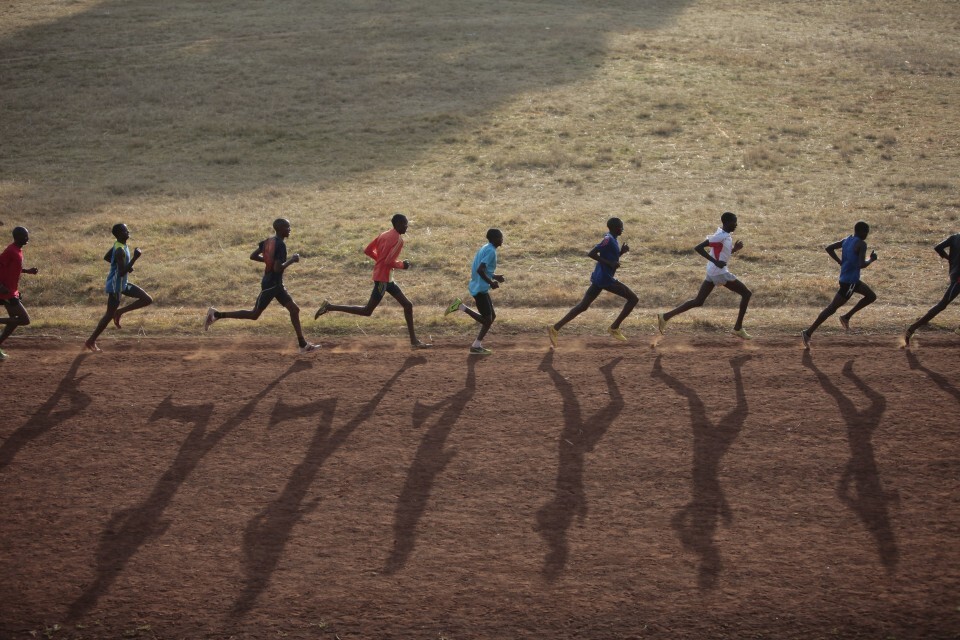
When World Athletics president Sebastian Coe was asked to comment on the RUSADA situation at a year-end media conference, he said, “The council will have a better update after their next meeting in March 2023.”
Kenya entered the spotlight in recent months, with many well-known distance runners receiving sanctions for doping violations. Last month, 2021 Boston champion Diana Kipyokei was given a six-year ban for a positive test for the weight-reducing and endurance-increasing drug triamcinolone acetonide. Twenty-one of the 54 Kenyan athletes serving suspensions were caught in the past year.
Since 2016, the East African nation has been classified in Category A of the countries under surveillance by World Athletics and the World Anti-Doping Agency (WADA), alongside Belarus, Ethiopia, Morocco and Ukraine.
Coe said after the World Athletics Council Meeting in November 2022 that Athletics Kenya has “a long journey” to regain trust, and that Kenyan sports minister Ababu Namwama and the council were working toward a solution.
In an attempt to crack down on doping, the Kenyan sports minster told BBC News Africa in December that he hopes to fast-track modifications to legislation and crack down on doping the same way the government does with illegal drugs–by criminalizing it.
Previous attempts to criminalize doping in Kenya have been unsuccessful, with a motion submitted by former member of parliament and 2012 Boston Marathon champion Wesley Korir being defeated in 2016. Korir and his wife, Tarah Korir, lived in Waterloo, Ont. for several years before moving back to Kenya.
(01/09/23) Views: 84Marley Dickinson


